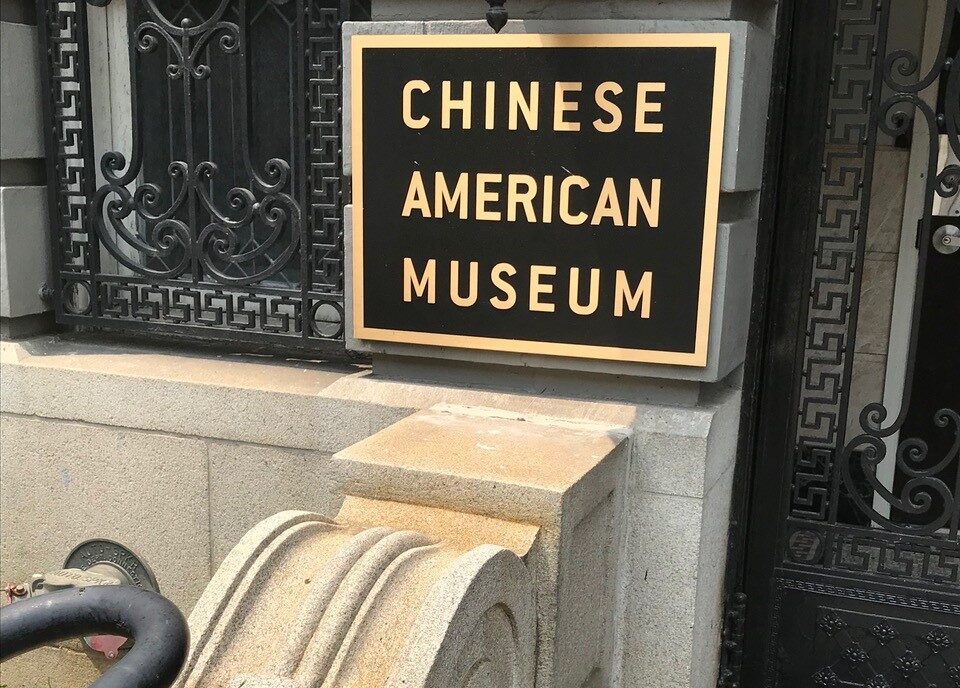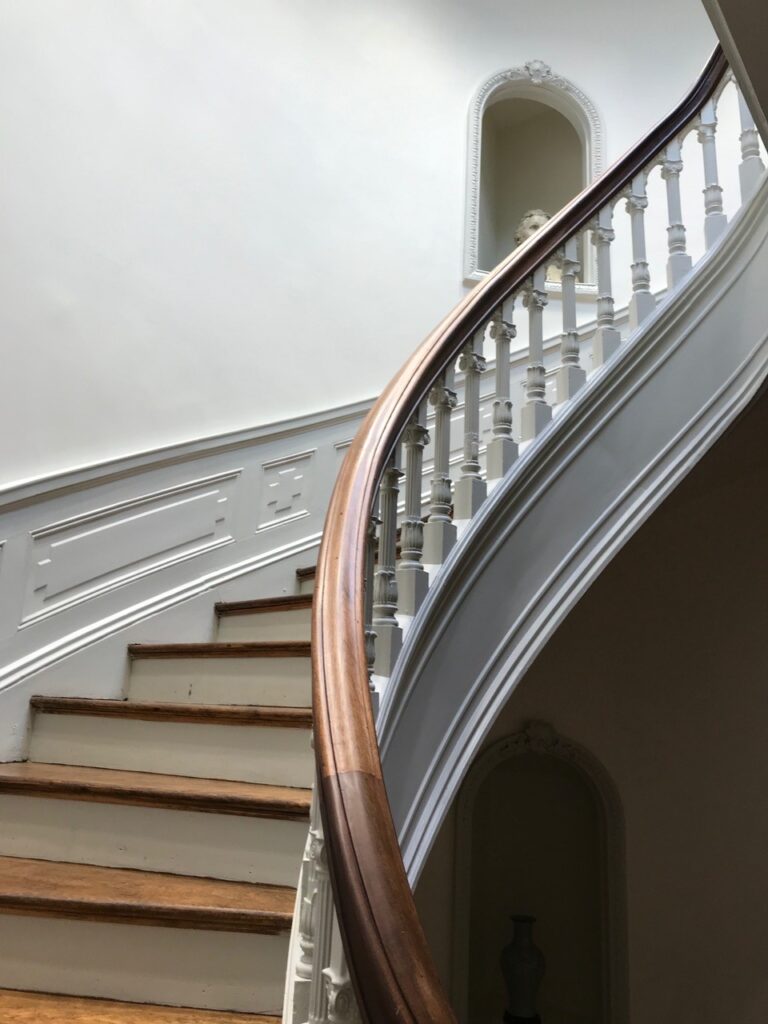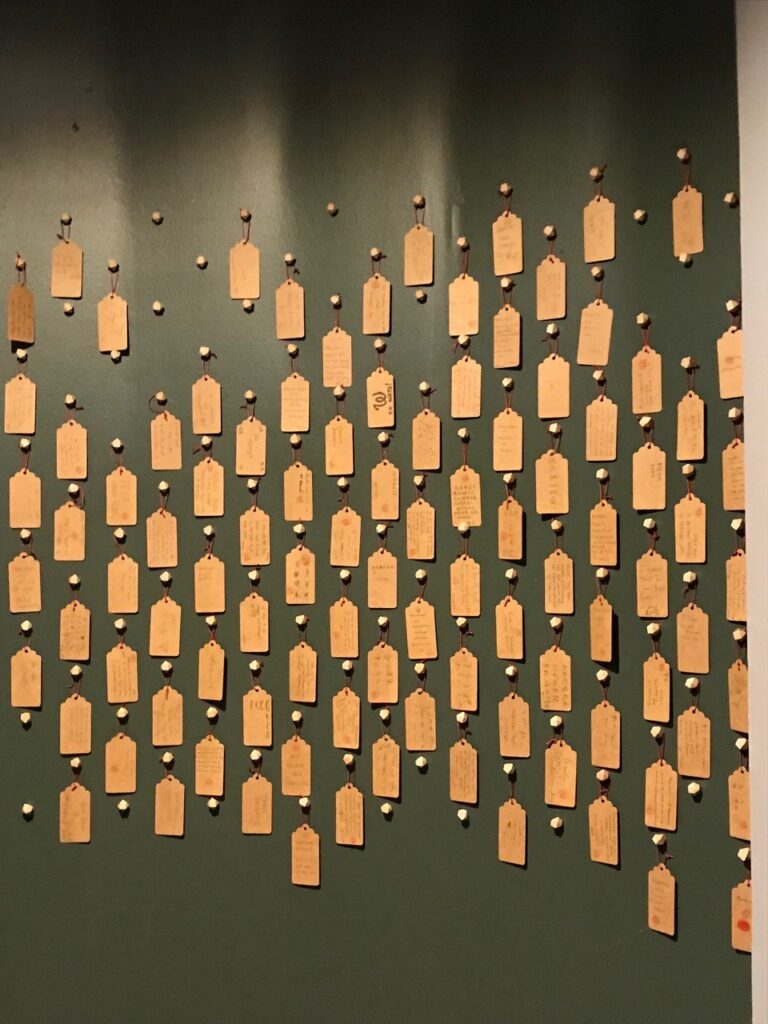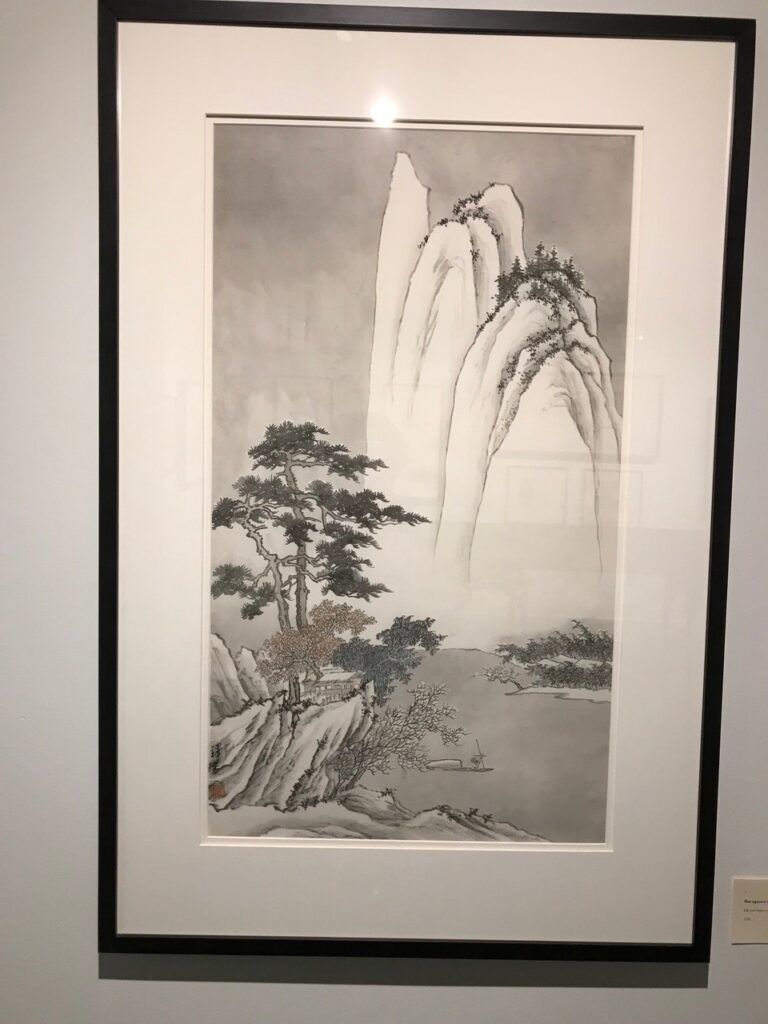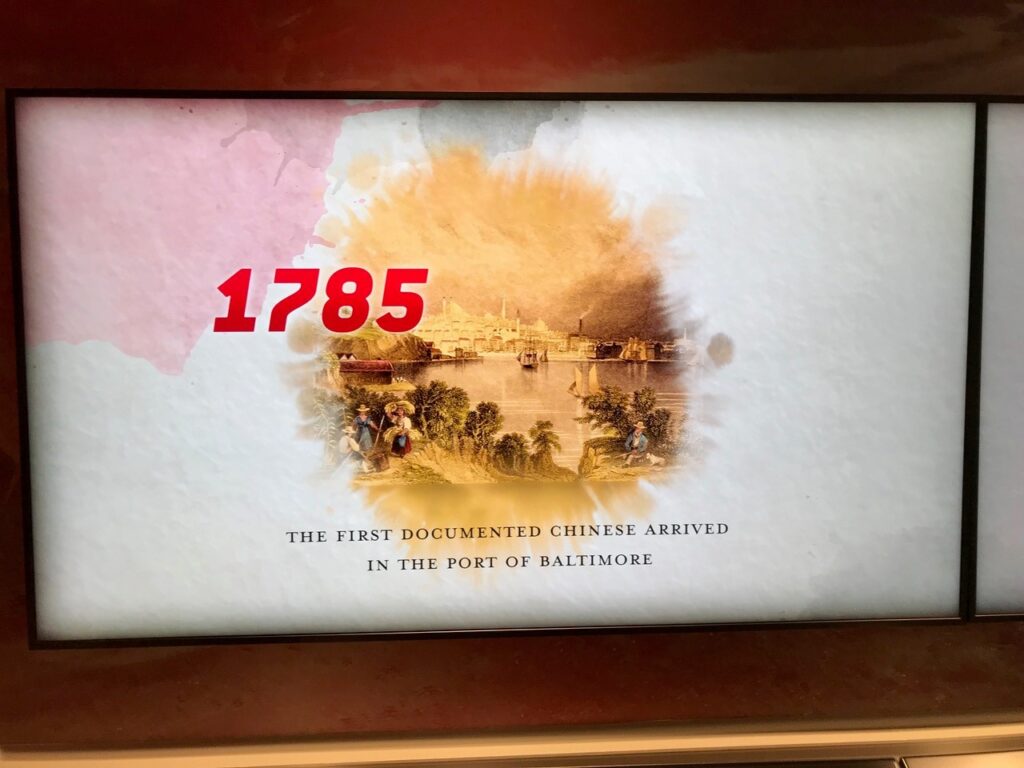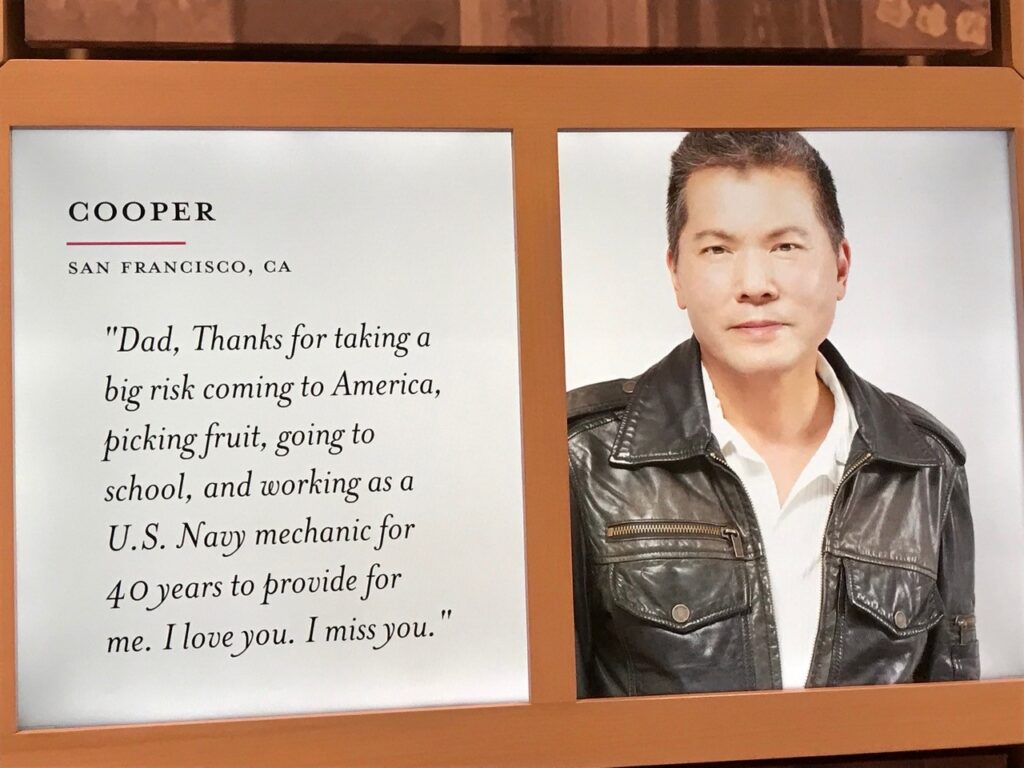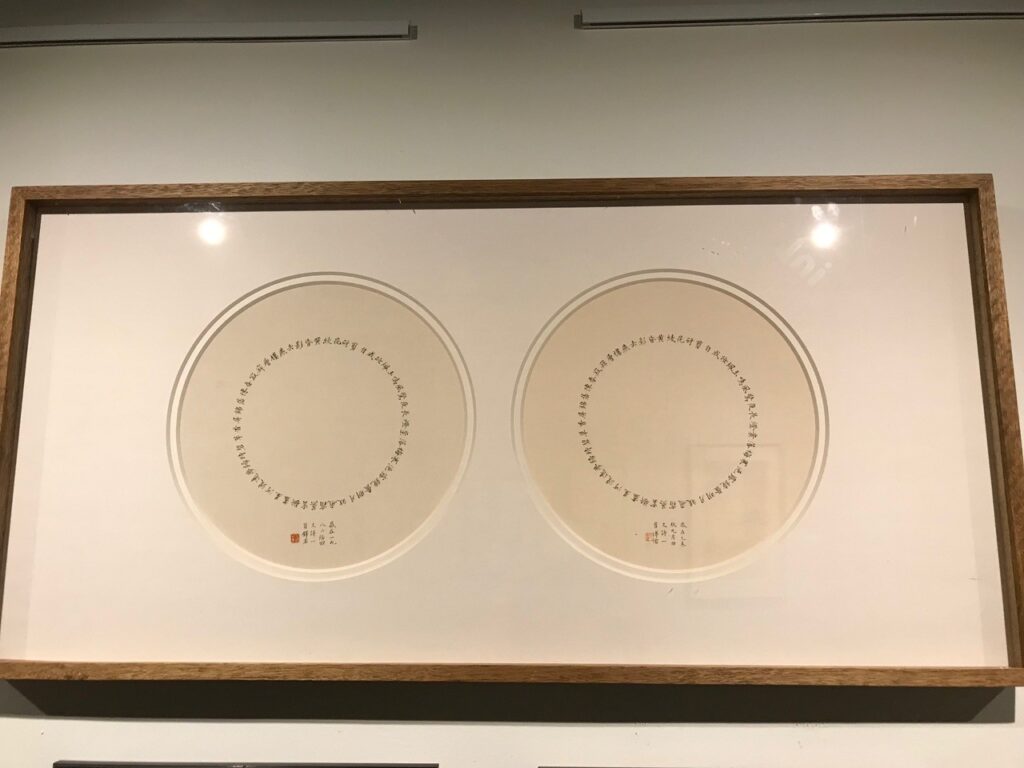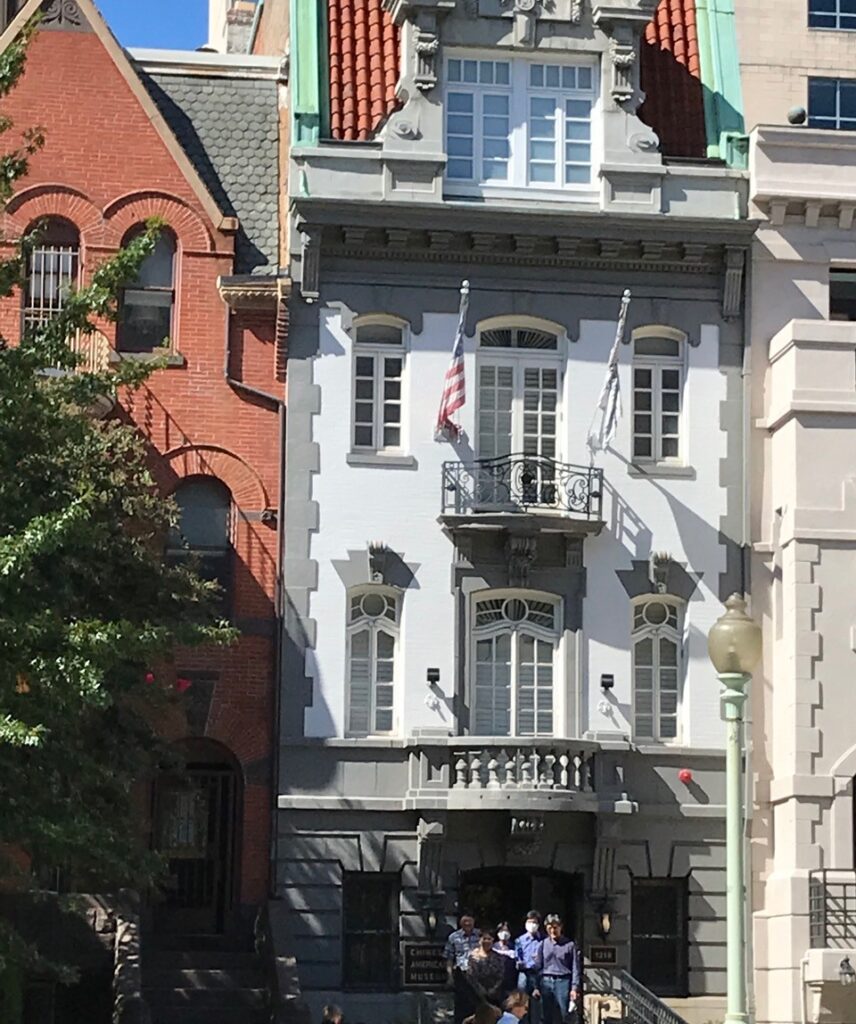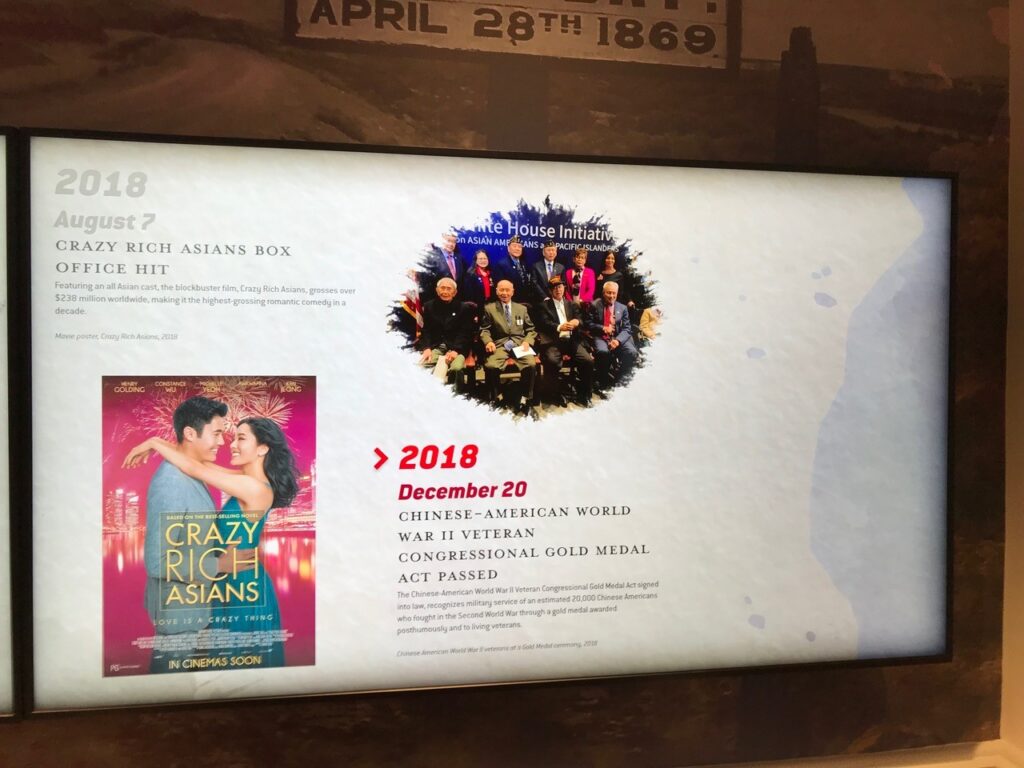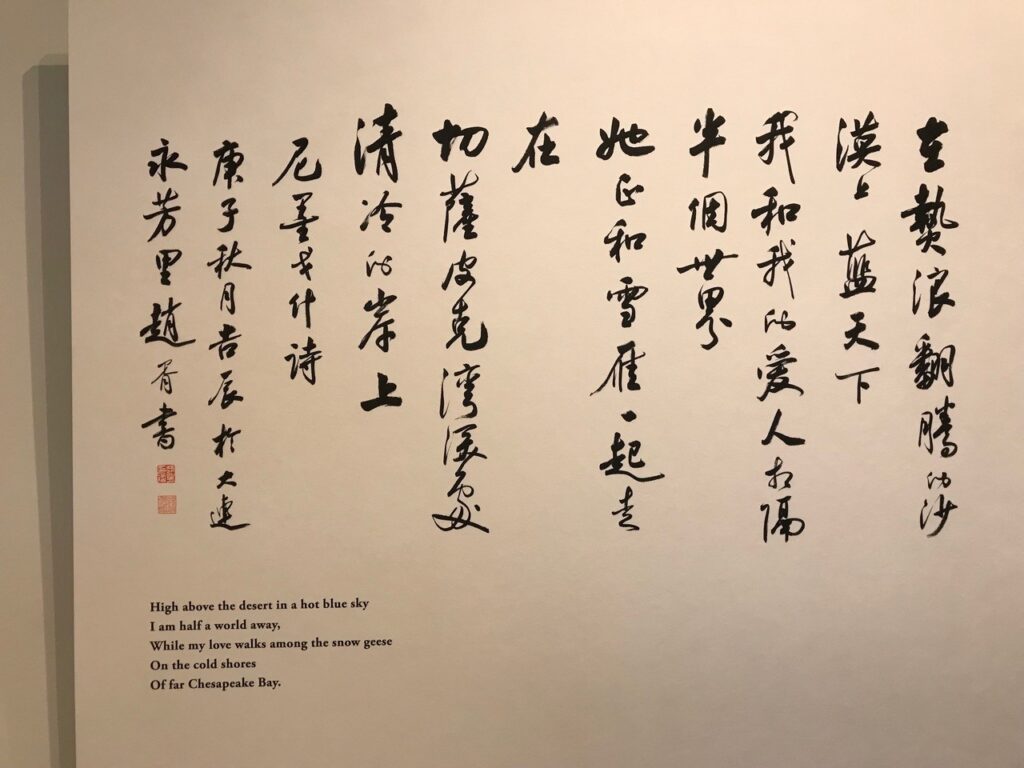Washington D.C. may be a relatively small city, but its museum count continues to grow. The newest — still in a development stage — is the Chinese American Museum. Its development should be completed sometime this winter or early spring, but in the meantime, it is open three days a week and shows revolving exhibits.
The Chinese American Museum is a private organization, supported by private and some government funds. The museum is housed in an elegant, beautifully restored 1907 Beaux Arts mansion in downtown Washington. At present, it is open on Thursdays, Fridays and Saturdays from 10 a.m. to 4 p.m.
According to its Executive Director, David Uy, the aim of the museum is to introduce the public to the experience of the Chinese in America through curated exhibits, online experiences, educational programs and events as well as permanent exhibits.
On the ground floor, visitors are greeted with a state-of-the-art digital interactive timeline featuring key milestones related to Chinese American history, beginning with the arrival of the first known Chinese in the United States. Captain John O’Donnell of the merchant ship, “Pallas,” had returned from a trip to China in August 1785 when he decided to retire, leaving some 35 sailors stranded in Baltimore. Among the group were three Chinese sailors from Canton (now Guangzhou). Their presence in Baltimore is documented by their signatures on a petition to the Continental Congress requesting that they be sent home.
The timeline continues to the present, illustrating among other events, the many Chinese exclusion Acts passed by Congress in the ensuing centuries and the complexities of the history of the Chinese in America.
On the lobby digital wall appear photos and brief remarks from visitors. Guests are invited to submit a photo and brief thought relevant to the Chinese American experience. The submissions might be selected for inclusion on the wall.
The permanent exhibits include presentations of how the Chinese helped to build the United States by working on the railroad, in industry and on innovative projects. Their service to the country and fight for civil rights are also highlighted.
Under consideration for future permanent exhibits are such topics as “Building America – Contributions to infrastructure, industry, and the success of America,” “Service to Country – Chinese Americans in military, political, diplomatic, and uniformed service,” “American Communities – Diverse Chinese American communities and cultural histories.” “Chinese American Diaspora,” and “Contemporary Americans.”
The museum has four exhibition floors, reached by a graceful circular staircase (or via an elevator). The upper floors are devoted to both permanent and temporary exhibits. At present there are two temporary exhibits. One is writer and journalist Nirmal Ghosh’s “Wild Cranes,” a visual poetry collaboration, described as a “cross-cultural affirmation of the universal magic of chance, destiny, and time.” Mr.Ghosh wrote the poetry in English, Liuyu Ivy Chen translated the English into Mandarin and Zhao Xu did the Mandarin calligraphy. The effect is hauntingly beautiful.
The second special exhibit is a group of watercolors by local artist Dora Fugh Lee. Mrs. Lee was born Beijing to an illustrious family. She began painting as a child and studied under Zhao Mengzhu, a master of modern Chinese brushwork bird and flower paintings. In Tokyo, where she lived for a time, she studied with Pu Ru, the foremost literati painter of modern China. Her watercolors are exquisite. The earlier work reflects the traditional Chinese landscapes of mountains, water, flowers and animals. The later watercolors are influenced by her life in Washington D.C, where she has lived for many years. Her work is delicate, beautiful and expressive.
A temporary exhibit last fall entitled “Golden Threads” showed costumes and decor of the Beijing Opera and demonstrated the historical and cultural impact of the Chinese Opera on Chinese American communities. Indeed, film noir aficionados may remember the scene from Orson Welles’ 1947 thriller, “The Lady from Shanghai” which takes place during a performance of the Chinese opera in San Francisco’s Sun Sing Theater.
Other past special exhibits included “Chinese American Women in History,” “The Story of Jewish refugees of World War II in Shanghai,” and “Weihsien – A little known story of Western prisoners in Japanese-occupied China in World War II.”
There is a small theater in the rear of the main floor containing a “wishing wall” where visitors can leave thoughts in writing on hanging tags. Such topics as “what are our hopes for the future? What is unique about you? What is your story in two sentences? Who is in your thoughts? What would you say to your ancestors? What strengths do you draw from the past? What will be your legacy?” are suggested.
The museum sponsors three student competitions. For undergraduate college students throughout the United States there is an essay and short film competition reflecting the Asian American experience. A storytelling competition about Asian Americans and their contributions is open to middle and high school students in the greater Metropolitan area. The theme of the art competition is “Arts on Paper – Where East Meets West;” it is open to Washington Metropolitan area students in sixth through twelfth grades.
2021 was the year of the Metal Ox in the Chinese zodiac. One of the characteristics of the Metal Ox is an interest in art, so what better way to celebrate overcoming the past pandemic year than a visit to the Chinese American Museum and the three art exhibits. Afterwards, perhaps a dim sum lunch at nearby Da Hong Pao Restaurant (1409 14th Street, NW, 292-846-7229) adds the right touch. Or for an elegant white tablecloth lunch, the Jefferson Hotel (1200 26th Street, NW, 202-448-2300) is just two doors down from the museum.
Chinese American Museum
1216 16th Street, NW
Washington, D.C, 20036
292-838-3180
Admission: free
Open Thursday, Friday and Saturday 10 a.m. to 4 p.m.
The museum hours on First Fridays have been extended from 6 to 8 p.m. and the museum has free on line talks on such topics as 170 years of Chinese opera in America, or Embroidery and Design in the art of Chinese opera costumes. They are listed on the museum’s website and relate to current exhibits.
Corinna Lothar is a Washington D.C. writer, critic and lawyer. She has traveled all over the world, writing about food, travel and culture.

